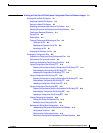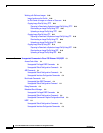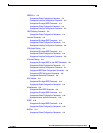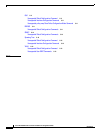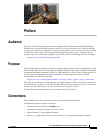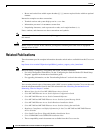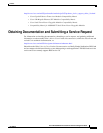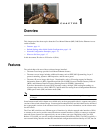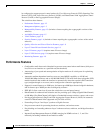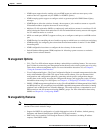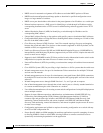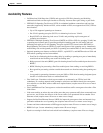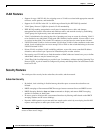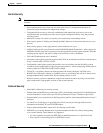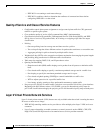
CHAPTER
1-1
Cisco ME 3400 Ethernet Access Switch Software Configuration Guide
OL-9639-06
1
Overview
This chapter provides these topics about the Cisco Metro Ethernet (ME) 3400 Series Ethernet Access
switch software:
• Features, page 1-1
• Default Settings After Initial Switch Configuration, page 1-10
• Network Configuration Examples, page 1-13
• Where to Go Next, page 1-17
In this document, IP refers to IP Version 4 (IPv4).
Features
The switch ships with one of these software images installed:
• The metro base image provides basic Metro Ethernet features.
• The metro access image includes additional features such as IEEE 802.1Q tunneling, Layer 2
protocol tunneling, dynamic ARP inspection, and IP source guard.
• The metro IP access image adds Layer 3 functionality such as IP routing support for Routing
Information Protocol (RIP), Open Shortest Path First (OSPF) Protocol, Border Gateway Protocol
(BGP), and Enhanced Interior Gateway Routing Protocol (EIGRP), Intermediate
System-to-Intermediate System (IS-IS) dynamic routing, multiple VPN routing/forwarding on
customer edge devices, (multi-VRF-CE), and IP multicast routing Protocol-Independent Multicast
(PIM) sparse mode (SM) and dense mode (DM).
Note Unless otherwise noted, all features described in this chapter and in this guide are supported on
all images.
Some features noted in this chapter are available only on the cryptographic (that is, supports encryption)
versions of the switch software image. You must obtain authorization to use this feature and to download
the cryptographic version of the software from Cisco.com. For more information, see the release notes
for this release.
The Cisco ME switch has two different types of interfaces by default: network node interfaces (NNIs)
to connect to the service provider network and user network interfaces (UNIs) to connect to customer
networks. Some features are supported only on one of these port types. Beginning with Cisco IOS
Release 12.2(44)SE, you can also configure enhanced network interfaces (ENIs). An ENI is typically a
user-network facing interface and has the same default configuration and functionality as UNIs, but can



